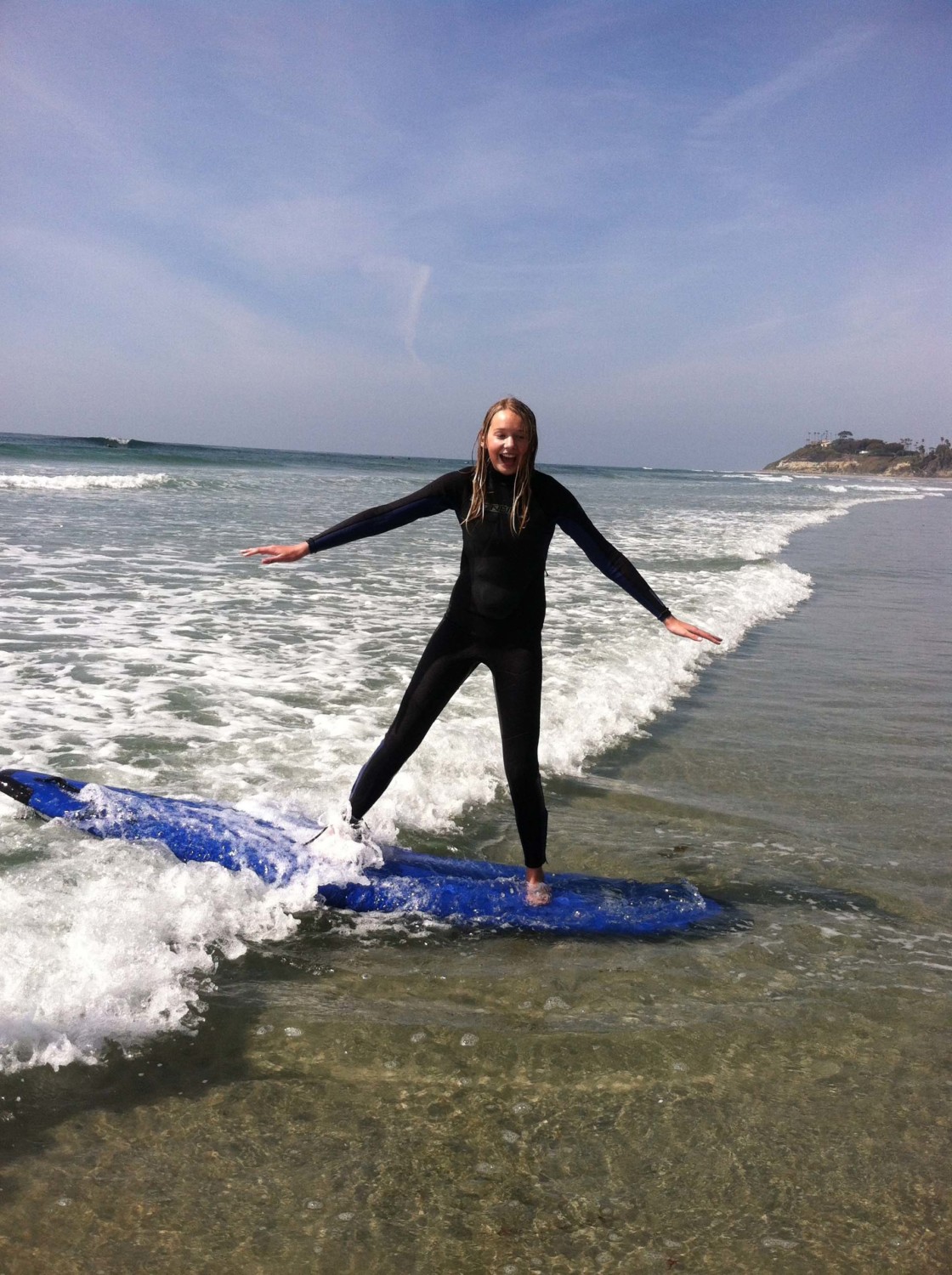It was the summer before “Gidget” brought waves to the world when I was camped with my family on a lake in Oregon. I had never before seen surfing and this other boy and I discovered some long strips of bark knocking around in the microscopic shorebreak. Without hesitation, he intuitively paddled out and I quickly followed.
We were a few feet from shore when he somehow caught a tiny ripple to the beach and swam his bark board back out, smiling. Imitating him, I belly boarded a little wave. On his next wave he stood up. Then I stood up.
We had no idea what to call the new thing, but if we had known the term “surf stoked” we would have realized we were just that.
Back in 1939, surf legend Woody Brown’s wife towed him toward the Black’s cliff in the family car, to launch him into the sky on his glider. He crashed on the beach that day, after setting a world gliding record.
Before help arrived, Brown found a piece of driftwood floating in the water. He had never before seen surfing, and much as my friend and I had done, he paddled his unintentional surfboard out to the lineup, turned it around and rode a swell back to shore. Then he did it again and again. Without knowing what to call it, Woody had discovered surfing.
But surfing goes back farther than 1939, or even 1905 when George Freeth brought a surfboard to Redondo Beach for an exhibition. Four-thousand-year-old Peruvian cave paintings point to surfing. So do the Chumash Indian canoes that made the treacherous paddle from Malibu to the Santa Barbara Channel Islands and back.
It now seems obvious that the easiest way to shore for the Chumash was to ride a wave. Sometimes I wonder who was the first to stand in their canoe, take it back out to that perfect point, and realize that it was more fun than shooting deer or pounding acorns?
In light of those and other discoveries of surfing through the ages, it seems obvious that the first human being to discover surfing was the first one to find a piece of wood floating on some beach somewhere, paddle it out and ride toward shore.
Even now children with water wings, bobbing in the Seaside shorebreak, make the same point. Most will run and cry after the first surge dumps them on the sand.
Then there’s the one who gets slammed onto the shore, rinses out the sand and gravel, shrieks for joy and runs out to do it again. As it was in the beginning, so surfing is discovered for the first time every day.
I am forever thankful that it discovered me when it did.

